In the development of contemporary art, curators are becoming an important force, but in Vietnam, this position has not yet had a worthy place as it has not been shaped or identified.
Struggling to find a position
In our country, the term “curator” only began to appear in the early 2000s, when a few pioneering visual artists applied it in practice. Before that, this profession had almost no place in the Vietnamese fine arts system. Even in the professional world, the concept of curator is still easily equated with an event organizer or administrative coordinator, instead of someone who creates the ideological circuit and builds the content structure of the entire exhibition.
In the concept of the world contemporary art field, the curator is a strategic link. No longer behind the scenes, the curator becomes the one who holds the rhythm, shapes the spirit and direction of an art event.
Artist and curator Nguyen The Son (far right) introduces to the public the community art project in Phuc Tan ward (Hoan Kiem, Hanoi ). Photo: THANH TUNG |
Although it has been around for more than 20 years in Vietnam, the curatorial profession currently has no formal training facility, no systematic curriculum, and no clear legal framework. Most domestic curators are people who have come to the profession on the side: from practicing artists, researchers, even journalists and media workers, who have become famous after many years of experimentation. A few have been trained abroad, but upon returning home, they have to “swim” in an art space lacking a foundation of knowledge and supporting infrastructure.
The lack of foundation has left obvious consequences. Many exhibitions were organized with fanfare but lacked standards from the selection of works to the overall message. Some exhibitions were accused of plagiarism, some events were criticized for offensive content, and some cases fell into a media crisis, all of which had traces of weak, emotional, and shallow curation.
In traditional art, the curator’s role is almost invisible. Event organizers mostly stop at the level of collecting works and displaying them based on their senses, without any ideological orientation or consistent theme. Meanwhile, contemporary art requires a different approach: proactively designing content, selecting artists, and leading the story from beginning to end. Without a good curator, it is difficult to have a breakthrough art exhibition.
It can be said that today’s curators are no longer the ones who choose paintings to hang on the wall or find statues to display. They are the ones who design visual experiences, the “architects” of art spaces. First and foremost, curators need to have a keen sense of aesthetics, followed by solid critical thinking, management skills, community connection and effective communication. They must be brave enough to lead the public on a new journey of art appreciation.
More than 20 years since international art activities set foot in Vietnam, art curators are still a shadow. Apart from a few famous faces, most still operate alone, lacking connections and policy support. Investment sources for art are not much, the legal framework has not kept up with reality, making the development of the curatorial profession in Vietnam still not as expected.
From creation to pioneer
If artists create works, curators “light up” them, taking them beyond the confines of exhibitions to reach the depths of thought. In the context of a vibrant contemporary art scene, the role of the curator is to create rhythm, raise questions and lead the dialogue between art and the public.
Visual artist Nguyen Nhu Huy believes that if traditional art criticism asks the question “what?”, then curators must ask “how?”. They do not seek a fixed essence but pursue the expressive, spreading, and social impact of art.
From personal experience, artist Vu Duc Toan, who has been practicing art for nearly two decades, said: In 2007, the concept of curation was still vague even in formal art classes. But in the 2010s, following the expansion of the art market, the role of curator gradually emerged, especially in independent art spaces, where young people increasingly flocked. However, according to him, without a solid theoretical foundation and in-deptheducation , curation would hardly become a real profession, let alone professionalize it.
Meanwhile, artist and curator Nguyen The Son, who has taken on the role of curator in many community art projects, considers curation as a form of extension of art itself. With art projects in Hoan Kiem district (Hanoi) such as “Chuyen dinh trong pho”, Phung Hung walking street public art, Phuc Tan ward community art, the curator’s role does not stop at installing works, but goes further to act as a bridge between history and the present, awakening collective memory and provoking social dialogue through art.
The dual role of artist and curator like Nguyen The Son is not unique. This is a common reality in the context of Vietnam not having a true curatorial ecosystem. Artists are forced to take on the role of organizer, content designer, aesthetic orientator and public guide. The advantage is understanding the creative process and artist psychology. But that comes with great pressure on comprehensive skills: from aesthetics, theory, fundraising to event management, communication and public experience design.
But from these individual efforts, a new generation of curators is gradually taking shape. They are not formally trained, but learn through practice. They do not have a clear professional identity, but day by day they build their own roles through organizing, experimenting and debating. Small forums, independent art spaces, and personal experience sharing are all filling in the missing pieces of the curatorial profession in Vietnam.
Room for growth
Without space and without viewers, curators will stand in a void with nowhere to go and tell stories that no one will listen to. The lack of high-quality human resource training has forced artists and curators to create their own operating environments. They come up with ideas, organize spaces, and take on all coordination roles. From an art space like Mo Do (Hue) to large-scale community art projects in Phuc Tan ward (Hanoi), independent initiatives have gradually emerged to fill the gaps in the incomplete operating mechanism.
The common point of these initiatives is their high flexibility and strong self-operating ability. Without the need for grand museums or standard exhibition halls, art can still take root in village communal houses, old streets, and even sidewalk corners. There are no barriers to enjoyment. Discussions, exhibitions, debates, and experiments take place in an open atmosphere, nurturing a fragile but vibrant creative ecosystem.
Art manager Le Thuan Uyen admits: Organizing an exhibition in Vietnam means doing everything. Today's curator is not only the person who selects the works but also the person who writes theories, organizes the program, educates the public and plans strategies for the art space. A multi-functional model that requires both creative endurance and flexible management skills if it wants to survive in an independent environment.
However, there are undeniable risks lurking. Spontaneity, lack of long-term orientation and over-reliance on individuals have caused many art spaces to "die young" after a few exhibition seasons. The participation of private investors in the art scene is a positive sign, but at the same time it raises the question: "How to balance creativity and commercial pressure?"
The formation of self-organized art communities is a response to deprivation, and also a declaration that art can thrive even in adverse conditions, as long as people believe in it. Building infrastructure and community is, after all, a form of curation at the foundation level, where curators not only tell the stories of artists, but also continue to write the story of the Vietnamese art scene.
If we want Vietnamese art to "reach the big sea", we cannot rely on just a few individual faces. We need a synchronously operating cultural ecosystem, where curators are well-trained, artists are protected and supported, the public has proper access to art, and the creative community is nurtured as a sustainable force.
According to People's Army
Source: https://baoangiang.com.vn/som-chuyen-nghiep-hoa-nghe-giam-tuyen-nghe-thuat-a422118.html









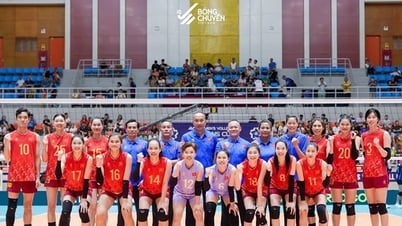





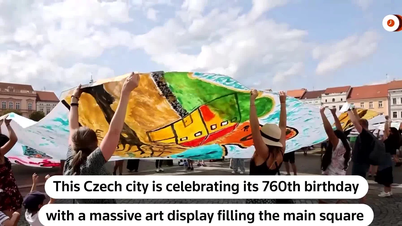



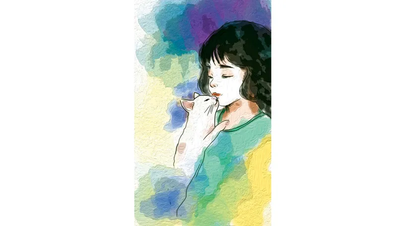






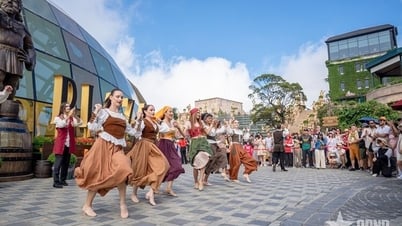

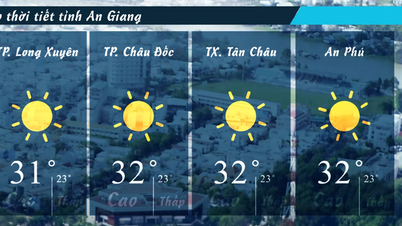
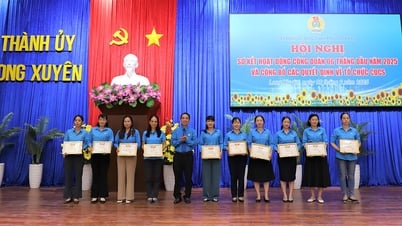

































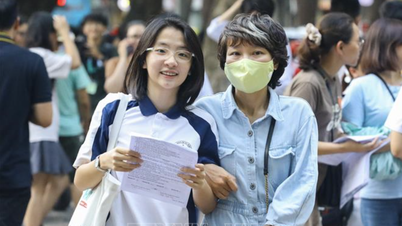




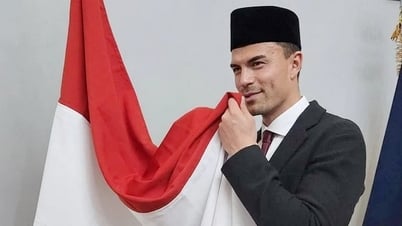








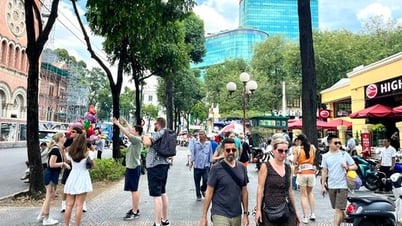
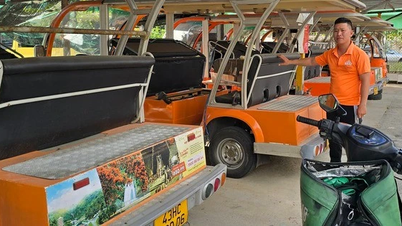
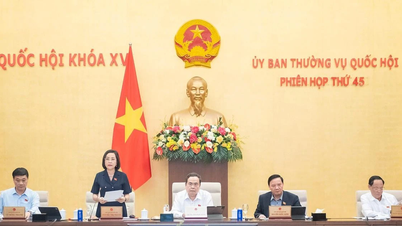

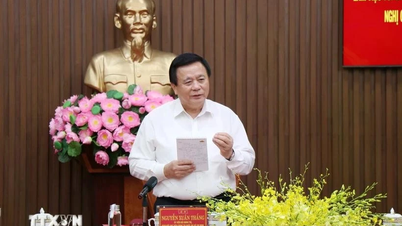









![[OCOP REVIEW] Tu Duyen Syrup - The essence of herbs from the mountains and forests of Nhu Thanh](https://vphoto.vietnam.vn/thumb/402x226/vietnam/resource/IMAGE/2025/6/5/58ca32fce4ec44039e444fbfae7e75ec)


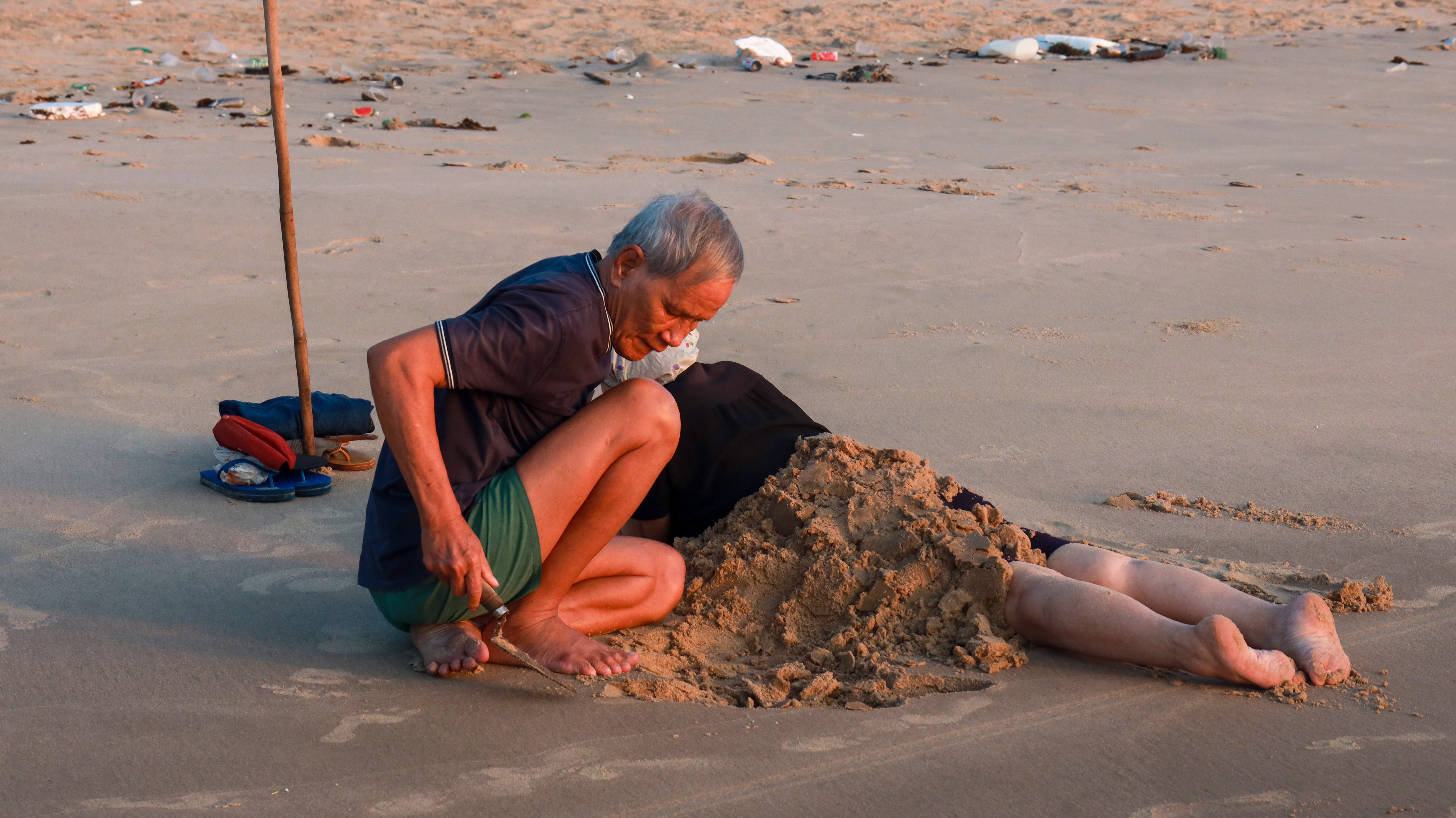
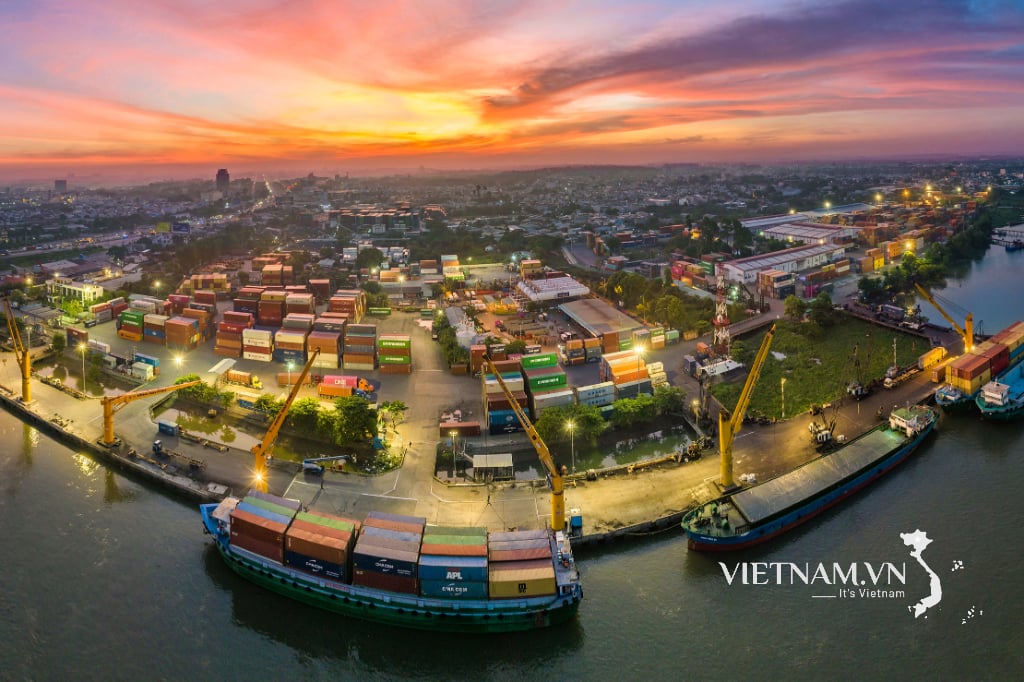
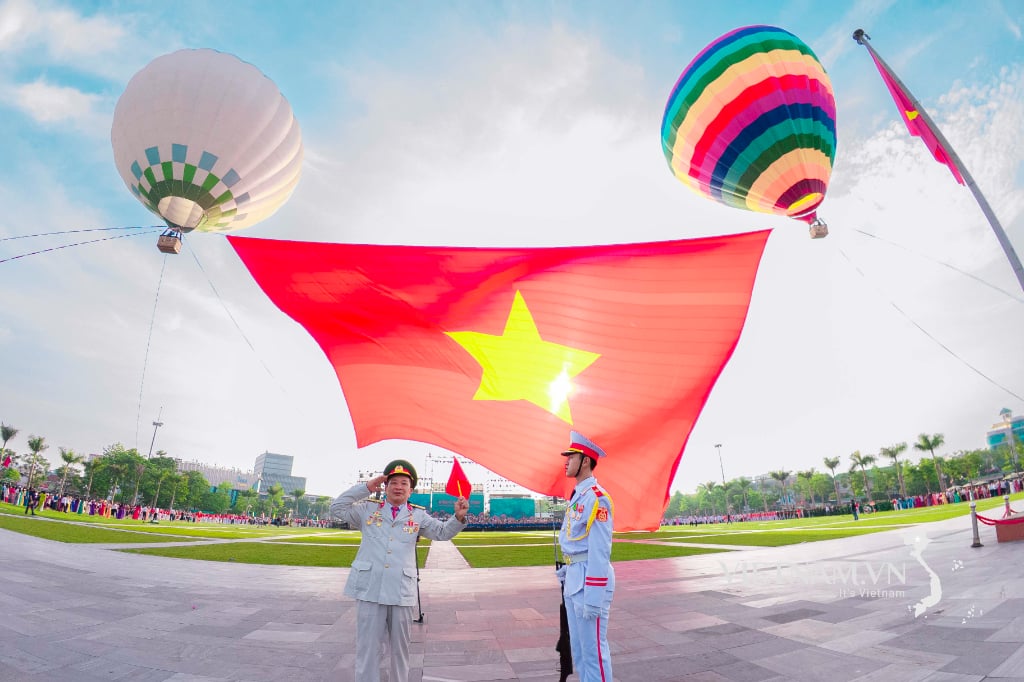
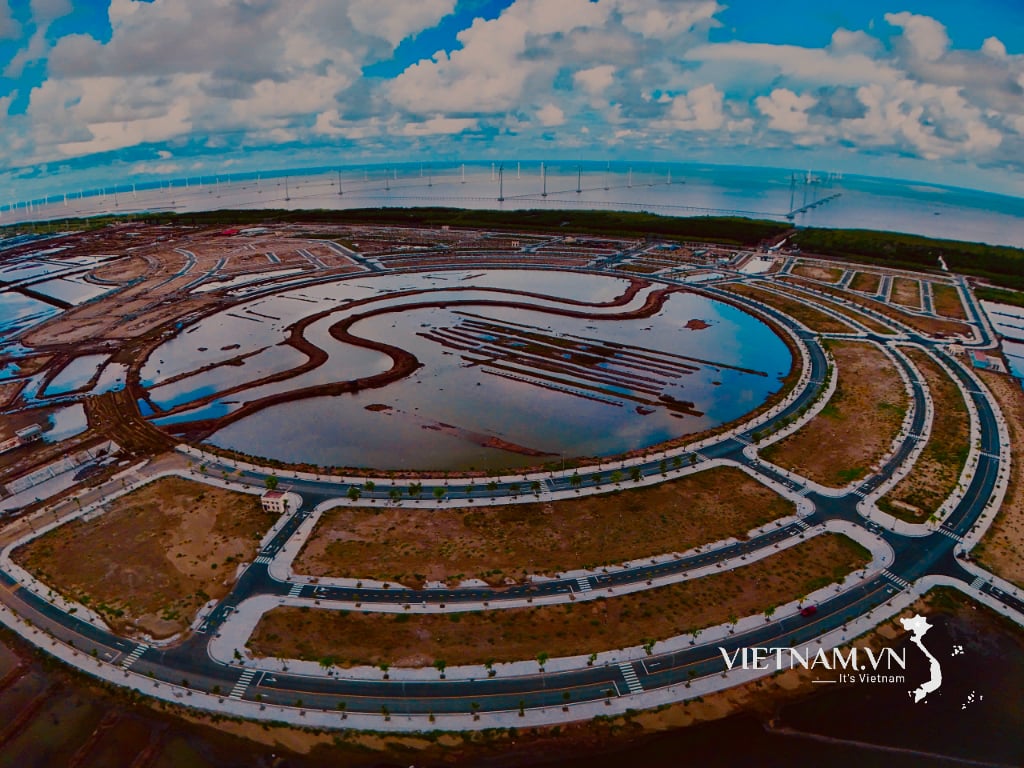
Comment (0)